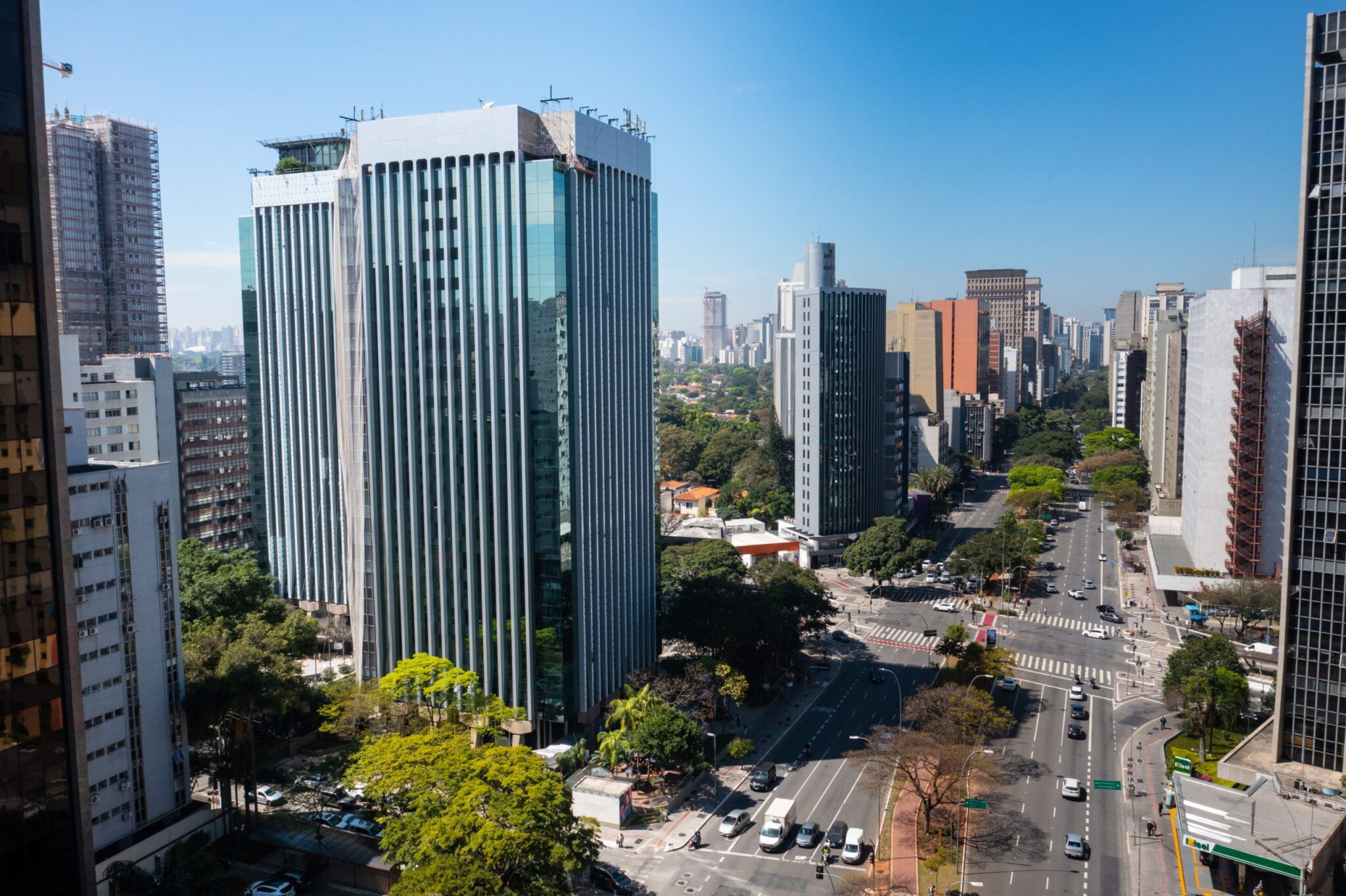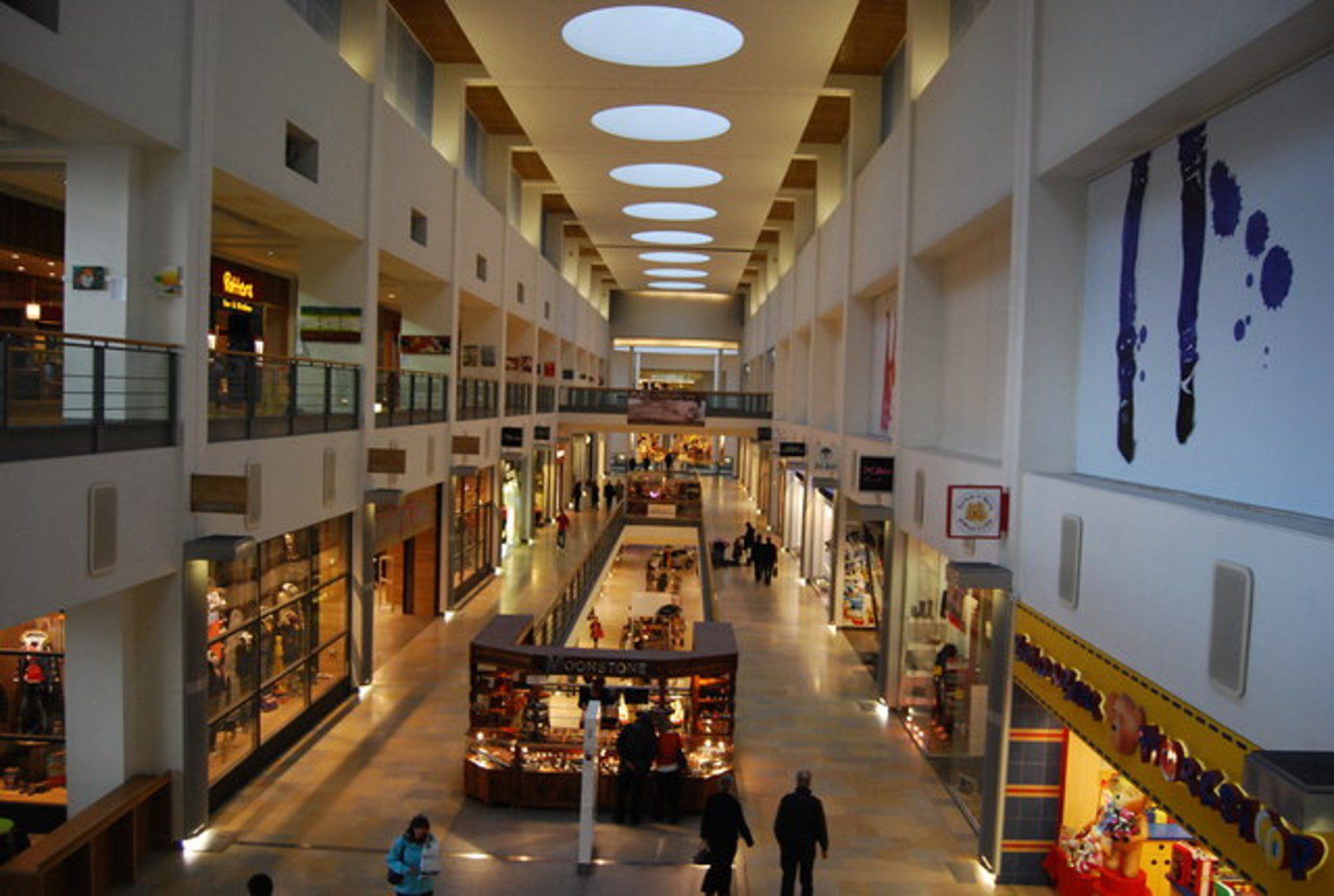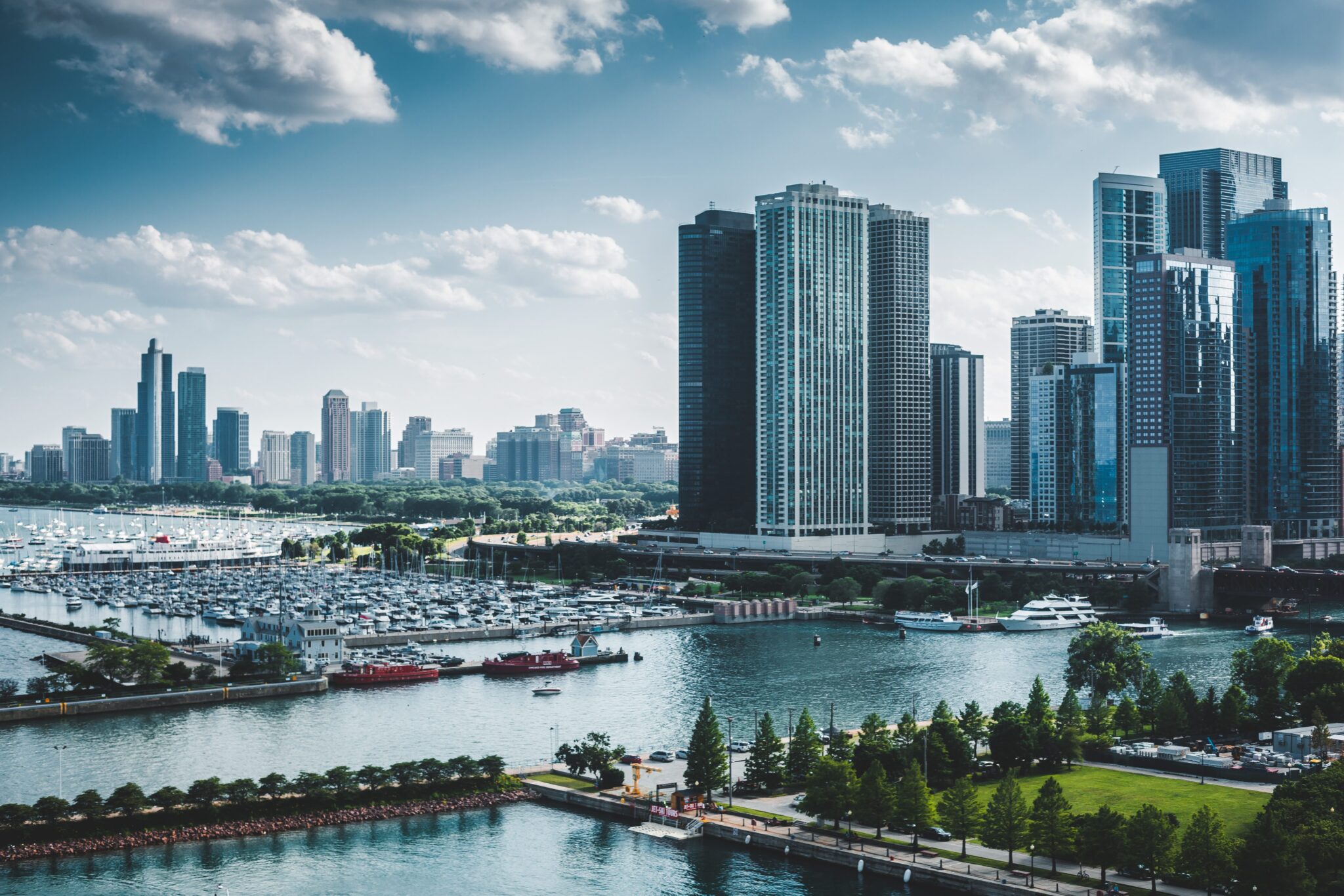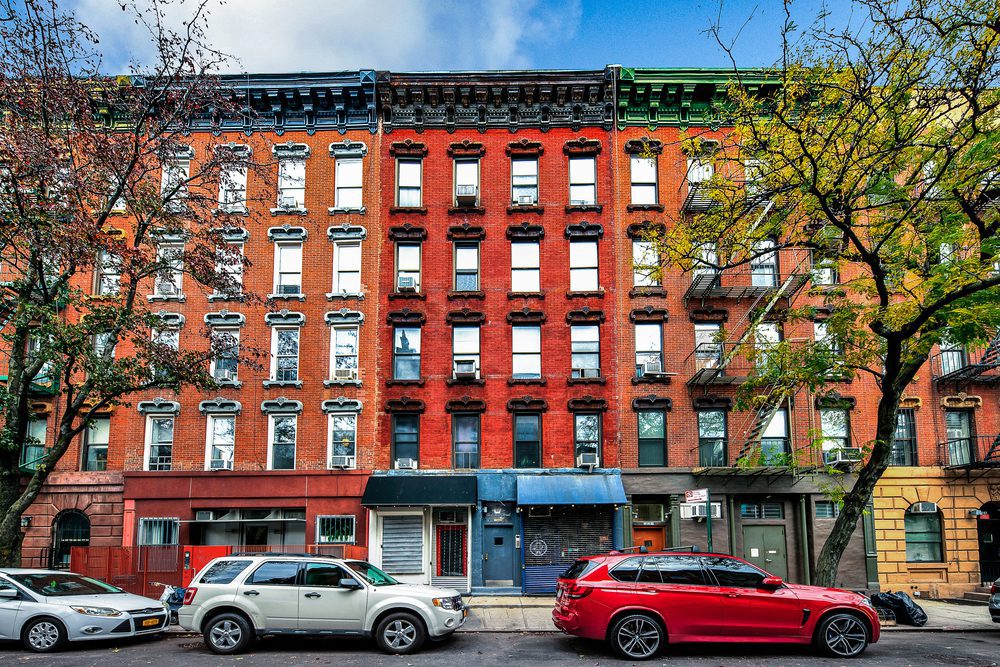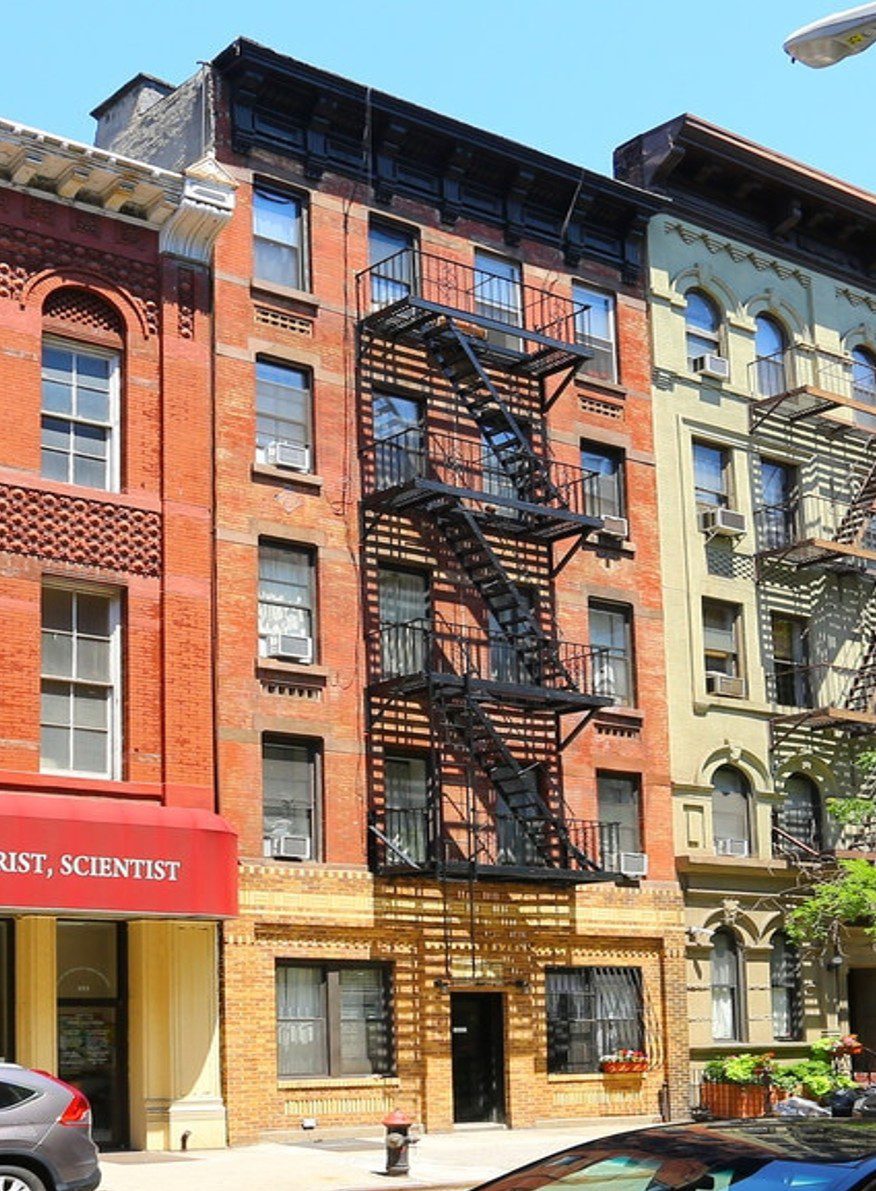We love the look and the value of a physical asset in real estate from the perspective of their “replacement cost”. Of course, it also likes to combine this study with the analysis of, and the method of discounted cash flow, here we use a sensitivity analysis to rent in cap rate input/output leasing spread and financial leverage, in order to understand the conditions in which we lose money.
Our strategy is to acquire assets, the value of which is less the cost of a replacement, in other words, below the amount of the investment for the development of a new “zero”. The replacement cost is the sum of the cost of the land, the work of raw material and labor), the licences for a further constructive (granted, cepac, etc.), and the cost of money at the time.
Of these variables, the more difficult to estimate is the cost of the land, which is mostly explained by its location. To determine the extent of the value of the plot involves the analysis of the density of the population, per capita income, jobs that are formed in the region, transportation infrastructure, and so on. There is also a need to evaluate the offer, to the extent that the lack of areas to increase the property value, and vice-versa. Already, the cost of the work, it is easy to estimate, varies little, regardless of the region that is active.
Let's do a practical example of how to assess an asset from the perspective of the cost of a replacement. In the region of Faria Lima avenue, in the city of São Paulo, brazil, where it is located on the RBR, and a good portion of our investments in real estate, you have a shortage of land.
It's almost impossible to find an area on the market for it here, although the amount that the account close to us. In addition, there is no CEPACs, a certificate that allows you to expand the potential of construction, available for pre-order, which makes it more complex to price an asset to the region.
According to the account, a new building in a commercial triple a's (the active modern-demand investment of$ 20 million per square meter, on the bottom. It is used in negotiating the value of under$ 20 thousand square meter, can be a nice purchase. The valuation of these assets, in São Paulo, in the last 2 years, limited to most of the analysis is from the point of view of the cost of a replacement.
However, the cost of the replacement will not have to stop there. We need to incorporate a number of factors such as the risk of the execution of the work, the legal risk and the cost of money at the time. After all, it is a work, which may delay is on account of the weather (particularly rain), and/or because of delays in licenses and approvals from the city, among other things.
The cost of the money at the time, it's simple. We can use a Selic interest rate from 6.5% to a. a., we are being very conservative here. In this business, we have a much higher risk of a security to the Government, we are going to take you to the risk of execution, and the work of the combined represent to 150 basis points.
Thus, we arrive at a required rate of return, or IRR of 8% a a. a cumulative return required by an investor in the project, which takes 4 years to get ready to be 36% in this case. By incorporating the award by our cost of replacing an asset by the square foot, in Faria Lima avenue (R$ 19.500 * (1,36%)), we arrive at the approximate retail value of$ 26,5 thousand square meter from the point of view of the cost of a replacement.
An asset with a value, in order to generate a return of 8% a a. a a. b. from here 4 years ago, you need to rent monthly minimum is$ 177 per square foot. Interesting to note that, today, the cost of renting in the region around R$ 110,00, that is, we would see a high of 60% to make economic sense for the investor to invest in the project from scratch.
The cost of the replacement should not be assessed in isolation, it is important to understand the trend of the market in the region. An asset with a high vacancy rate, it is due to excess supply, low demand, and/or a combination of both trading below the cost of replacement is not necessarily a good investment. You only have one parameter, the mean active, with a 60% vacancy rate has a negative cash flow on account of the cost of the slabs to places such as PROPERTY taxes and condominium fees.
In the region to Do in Lima, for example, the vacancy rate continues falling down quarter-over-quarter (up from it is close to 10%). For the next few years, we don't have the supplies of the new paving slabs in the city, and, by the simple law of supply/demand, and the price of the rentals tend to be a strong correction, the point is to stimulate the development of new projects around here.
For us, it is the tendency of an increase in the price of renting in the region, it is a matter of course. Meanwhile, we continue the hunt of the opportunities that the market value of a current that is less than the cost of replacement parts, combined with an analysis of the sector and the cash flow from the project. We are here with the duty of bringing up a sectoral analysis of slabs, the most comprehensive to validate that our vision for the constructive on the rooftops business in São Paulo.

